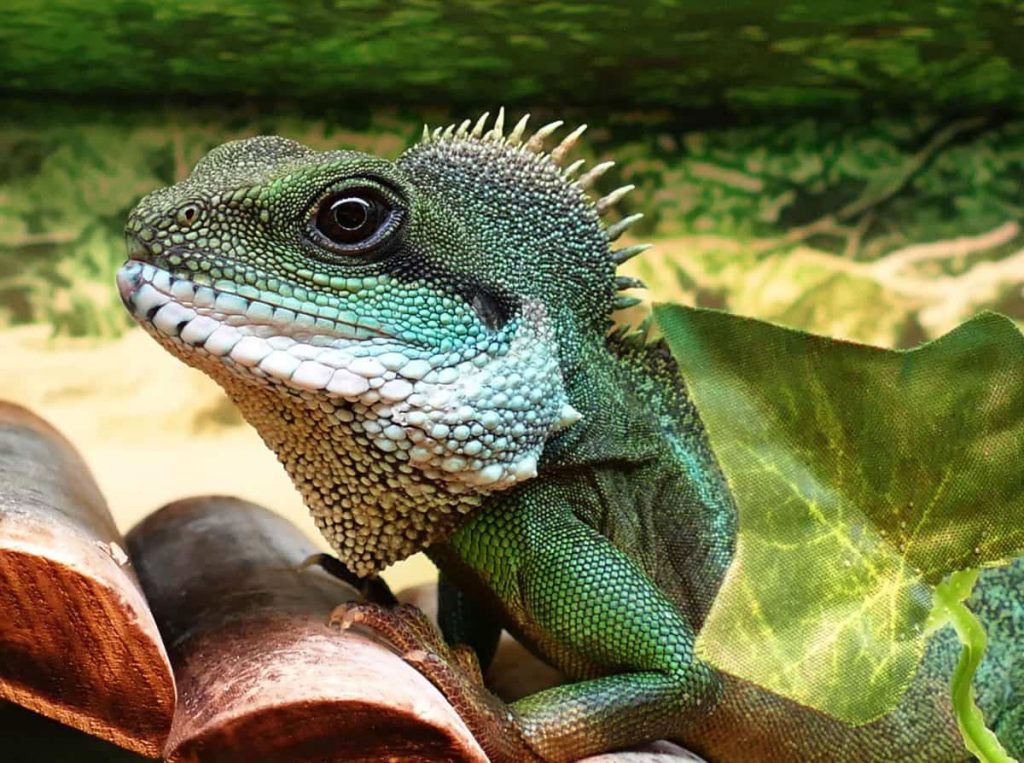Eating invasive species could intrigue foodies, create local jobs and help the environment.
Lionfish and green iguanas, both invasive species, are causing problems in the Cayman Islands. Animals and plants are called “invasive” when they’re (a) not native to an area, (b) quickly increase in population in a way that hurts the environment, the economy, or human beings.
Green iguanas and lionfish both destroy habitats and outcompete native species. So local chef Thomas Tennant came up with a solution that would simultaneously destroy the interlopers and line local pockets: eating them.
Thomas’ food-based idea has some advantages over the usual method of just killing invasive species. Restaurants will pay for their meat, and this money gives poorer locals a source of income and a financial incentive to prioritise conservation.
And because restaurants (at least attempt to) make profit on their food, this funding source is sustainable. Having foodies foot the bill for eradicating invasive species rather than the state (who also often pay locals per carcass of invasive species) means the government has more money to spend on local services or lowering taxes or whatever they want.
If Thomas’ idea works and can be replicated elsewhere, countries all over the world could benefit. The US reckons that invasive species cause $120 billion of damage every year. New Zealand’s government is also currently spending billions in an attempt to save its native wildlife from extinction by destroying all invasive predators by 2050.
And redirecting people’s tastes to creatures that are being destroyed anyway could also help out the environment. It would probably reduce farming (which causes climate change), reduce the amount of food being transported in from far away (ditto) and, by providing a sustainable outlet for some people’s taste for the exotic, may even reduce demand for endangered animal products.
But if an invasive species become too popular a dish, the scheme could become a victim of its own success. If people still want to eat the species after they have been eradicated in the wild locally, there’s a good chance they’ll start importing it from abroad or farming it.
Read our explainer on: food.

